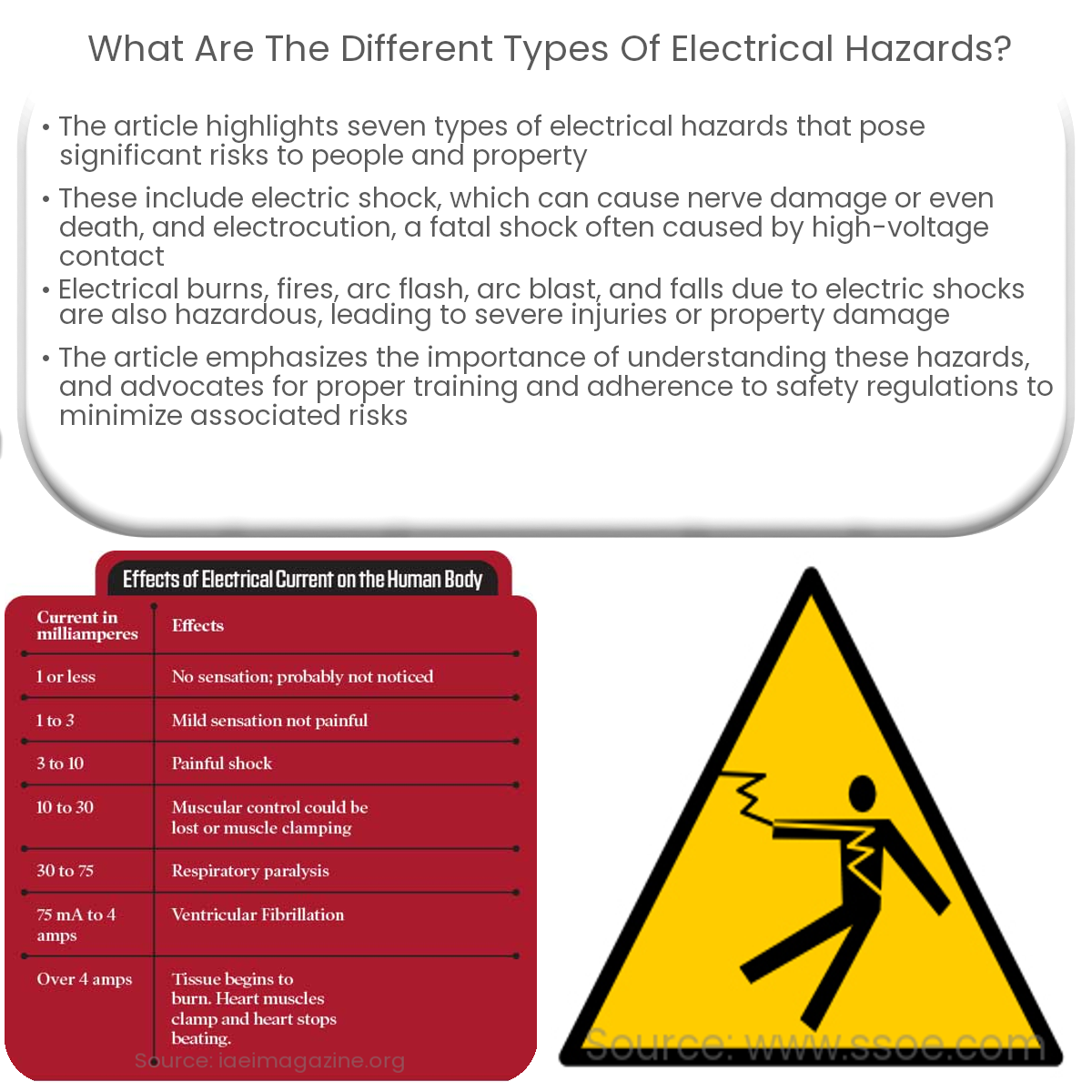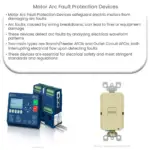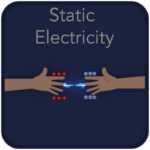Electrical hazards include electric shock, electrocution, electrical burns, fires, arc flash, arc blast, and falls caused by shock or flash incidents.
Introduction
Electrical hazards pose significant risks to workers and the public alike. Understanding the various types of hazards is essential in promoting electrical safety and preventing accidents. This article explores the different types of electrical hazards and their potential consequences.
1. Electric Shock
Electric shock is the most common electrical hazard, resulting from direct contact with a live electrical conductor or equipment. It can cause pain, burns, nerve damage, and even death, depending on the current’s strength and duration.
2. Electrocution
Electrocution is a fatal electric shock, often caused by high-voltage contact or immersion in water. The human body can act as a conductor, allowing the electrical current to pass through vital organs, leading to severe injuries or death.
3. Electrical Burns
Electrical burns occur when current flows through the body or across the skin, generating heat and causing tissue damage. These burns can be surface-level or deep, depending on the current’s intensity and duration.
4. Electrical Fires
Electrical fires can result from short circuits, overloaded circuits, faulty wiring, or damaged electrical equipment. These fires can cause severe property damage, injuries, and loss of life, emphasizing the importance of proper electrical maintenance.
5. Arc Flash
Arc flash occurs when an electrical discharge moves through the air, creating a high-temperature explosion. This event can cause severe burns, hearing loss, and eye injuries from the intense light and heat generated.
6. Arc Blast
Arc blast is the pressure wave caused by an arc flash, which can lead to injuries from flying debris, collapsed structures, and blast pressure. Workers in close proximity to the blast are at the highest risk of injury.
7. Falls
Falls are a less obvious electrical hazard but can occur when a worker experiences an electric shock or arc flash while working at height. The shock or flash can cause the worker to lose balance and fall, resulting in severe injuries or death.
Conclusion
Understanding the various types of electrical hazards is crucial for promoting safety in the workplace and at home. Proper training, awareness, and adherence to safety regulations can help minimize the risks associated with these hazards, protecting people and property from potential harm.





